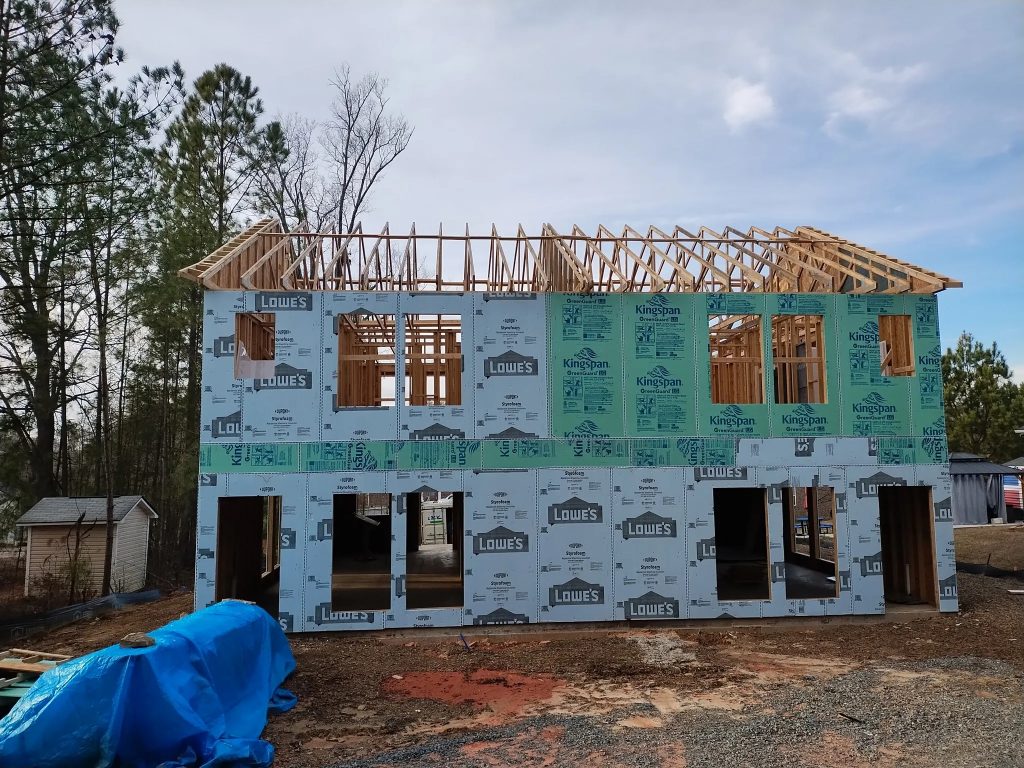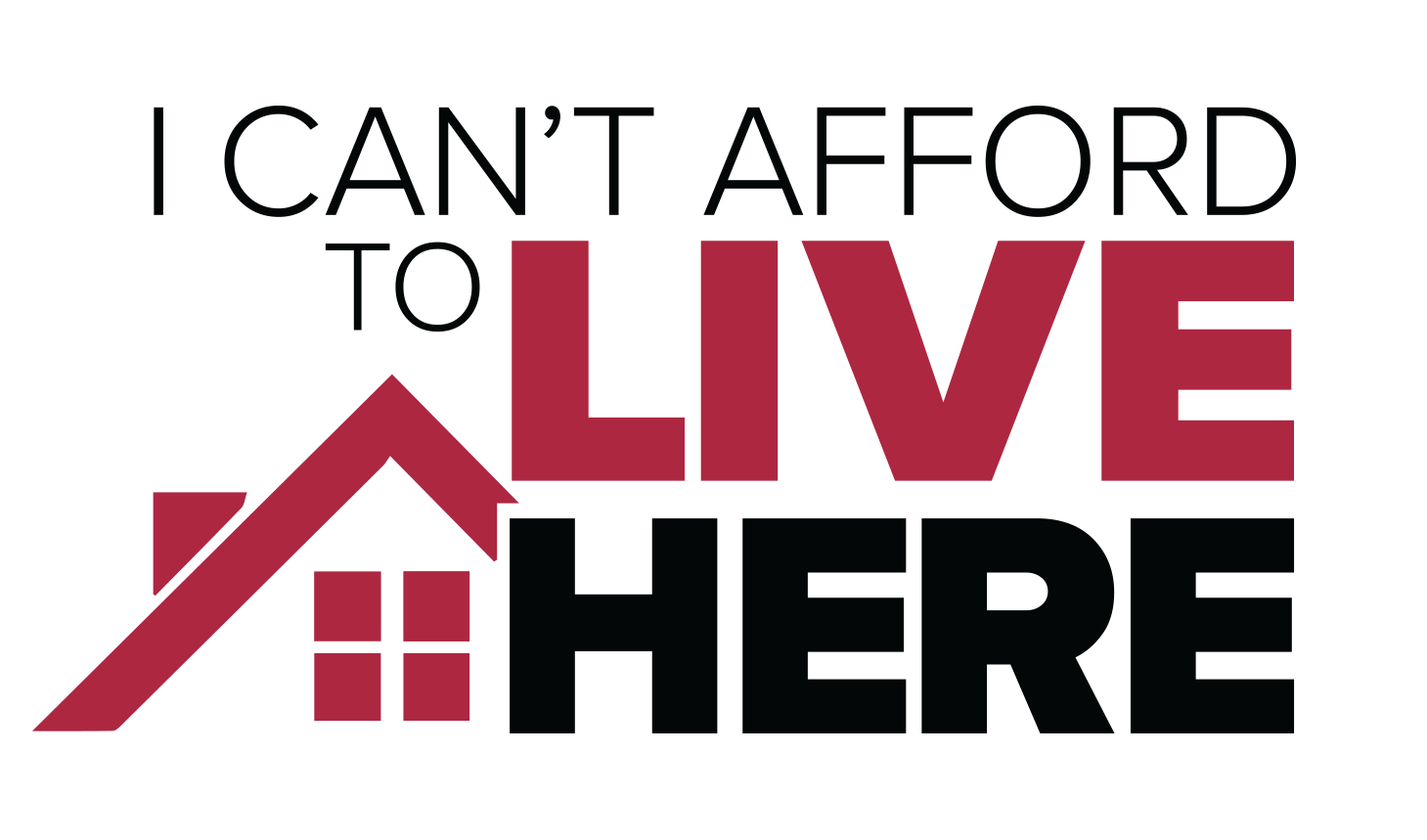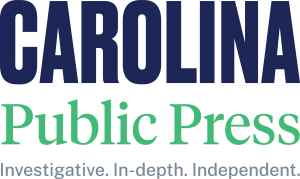None of the information provided is medical advice, and individuals should consult their providers with medical questions.
Getting the vaccine
How do I find my vaccine location?
A list of providers may be found at Find Your Spot.
Vaccines are also available through retail providers such as CVS and Walgreens.
The state’s COVID-19 vaccine hotline (888-675-4567) is available Monday through Friday from 7 a.m. until 7 p.m., and on Saturday and Sunday from 8 a.m. until 4 p.m.
Where is my place in line?
Currently, everyone 16 and older is eligible for a Pfizer, Moderna or J&J shot in North Carolina. Individuals ages 5 to 18 are only eligible to receive the Pfizer vaccine.
Is the shot effective against the Delta variant?
Yes. Several studies have shown the mRNA vaccines are effective against the Delta variant.
What is a breakthrough case? Can I still get COVID-19 even I have had the vaccine?
Breakthrough cases occur when a vaccinated person becomes infected. The incidence of breakthrough cases with the COVID-19 mRNA vaccines are relatively low. Breakthrough cases are less likely to infect others, and the symptoms are more mild than cases in unvaccinated individuals.
What are the side effects?
“The most common solicited adverse reactions were injection site reactions (84.1%), fatigue (62.9%), headache (55.1%), muscle pain (38.3%), chills (31.9%), joint pain (23.6%), fever (14.2%); severe adverse reactions occurred in 0.0% to 4.6% of participants,” according to information Pfizer submitted to the FDA.
Why does my appointment take 30 mins to an hour?
In addition to wait times, recipients may be asked to wait 15-30 minutes to be monitored for any possible reactions.
What is the recommendation for people who have already had COVID-19?
The CDC recommends people who were previously infected with COVID-19 get a vaccination “because experts do not yet know how long you are protected from getting sick again after recovering from COVID-19.”
A small number of Pfizer trial participants had prior evidence of infection before the vaccine. Their safety data in the trial looks “basically the same” as the noninfected participants, Dr. William Gruber, senior vice president of vaccine clinical research and development for Pfizer, told the FDA panel. “Clearly, these individuals did not fare worse from the vaccine.”
Is there any immunity after the first dose? How long after getting the second dose will I develop immunity?
There appears to be some immunity after the first dose of the Pfizer vaccine. “A trend of potential efficacy following a single dose is observed in the data, however, a conclusion is limited because almost all participants received a second dose,” Pfizer reported to the FDA.
“You get optimal immunity anywhere from seven to 10 days after the second dose,” Dr. Anthony Fauci, director of the National Institute of Allergy and Infectious Diseases, told CNN.
Health officials recommend a third “booster” shot six months after the second dose.
How many doses will I have to get? Will I get a reminder if I need a second dose?
Pfizer and Moderna vaccines both require two doses. Providers in North Carolina will record contact data at the first dose so they can remind individuals to get the second dose.
Johnson & Johnson’s Janssen Pharmaceuticals requires only one dose.
All recipients are recommended to receive a “booster” shot six months after the initial dose(s).
Who is eligible for a booster and should I get one?
As of Nov. 19, booster shots are available to all adults 18 and older who have had two doses of either Pfizer or Moderna at least six months ago and all adults who have had one dose of Johnson & Johnson at least six months ago.
A study from Northwestern University indicates a third dose offers more protection than either the two-dose regimen or natural immunity (from having COVID) with immunization.
Must someone be a citizen to receive the vaccine?
No. All residents are eligible for the vaccine, and no proof of residency is required.
How much will the vaccine cost in North Carolina? Do I need insurance?
There is no cost for the vaccine in North Carolina and no proof of insurance is required.
What if I need transportation to a vaccine appointment?
The North Carolina Department of Transportation and the North Carolina Department of Health and Human Services provided funding to offset costs for local transit authorities to transport individuals to and from vaccine appointments. Find your local transit authority here.
Should children get the COVID-19 vaccine?
Children 5 and older are eligible to receive the Pfizer vaccine in North Carolina under the Emergency Use Authorization.
For information, see our Children and COVID-19 vaccine FAQ.
After the vaccine:
Can you still be a carrier and transmit the virus if you have had the vaccine?
The science is not certain, but people can transmit the virus even if they have been vaccinated. However, even if it doesn’t completely prevent you from transmitting to another person, it may lessen the likelihood.
“If it doesn’t protect you against infection, it’s likely that the degree of immunity that you have is going to diminish the level of virus in your nasal pharynx. And even though you might be infected, it is likely not proven yet, but likely that it would be very less likely that you are going to transmit it,” Fauci told CNN.
How long does immunity last? Will I have to get a vaccination annually?
Scientists do not yet know the duration of the vaccine. People who received an initial dose of J&J or two-dose mRNA regimen more than six months ago are encouraged to get a booster.
If I get a vaccine, do officials think I still need to wear a mask?
Yes. Because viral spread continues to be increase in North Carolina, people should continue to wear masks, N.C. Department of Health and Human Services Secretary Dr. Mandy Cohen said.
Where will adverse responses be reported?
The CDC and FDA run a system whereby individuals can report adverse effects, the Vaccinate Adverse Events Reporting System, or VAERS. Health care providers are required to report certain events, but anyone who experiences an adverse reaction may submit their information to the system. The CDC and FDA use the information to assess any patterns in reaction as well as any particular clusters of adverse events.
About the vaccine
Who is making the vaccines?
Three manufacturers — Moderna, Pfizer and Johnson & Johnson — filed applications with the Food and Drug Administration that permitted the companies to move forward with distribution of the vaccines to the states under an Emergency Use Authorization.
What is an Emergency Use Authorization (EUA) and who decides it?
Federal law permits the FDA commissioner to allow unapproved medical products to be used in emergencies where there are “no adequate, approved and available alternatives.” Because the pandemic is a global emergency, the FDA considers authorizations for COVID-19 vaccines.
Pfizer submitted an application for Emergency Use Authorization in November 2020. An FDA panel considered the application and voted in favor of the application and the EUA was approved Dec. 11, 2020.
The FDA panel voted in favor of the Moderna drug on Dec. 17, 2020, and the EUA was approved Dec. 18, 2020.
Johnson & Johnson was approved for use in mid-March 2021, but administration of the vaccine was temporarily paused in April as officials considered adverse reactions in six cases nationally (none in North Carolina). Administration of the Johnson & Johnson vaccine has resumed.
What happens after the Emergency Use Authorization?
After an Emergency Use Authorization is granted, another body at the Centers for Disease Control and Prevention (the Advisory Committee on Immunization), considered whether the vaccines should be used for particular populations.
The CDC committee voted in an emergency hearing on December 12, 2020 to recommend the Pfizer vaccine for Americans 16 years-old or older, and CDC director Robert Redfield signed the recommendations. The committee met a week later to consider the Moderna vaccine and issued interim recommendations for use in individuals 18 and over.
The FDA and CDC also approved the Pfizer vaccine for kids 5 and older in November 2021.
How effective are the mRNA vaccines?
Pfizer’s vaccine provides 95% efficacy against COVID-19 at the one-week mark after the second dose, the company reported to the FDA.
“Unvaccinated individuals more than five times or 564% more likely to
get COVID-19 as vaccinated individuals…and unvaccinated individuals were 25.30 times or 2,530% more likely to die of COVID-19 as vaccinated individuals.” according to NC DHHS.
What do we know about the safety of the mRNA vaccines?
An independent data monitoring committee found Pfizer’s drug met its safety requirements during the trial of more than 43,000 participants. Reactions were “mostly mild to moderate, and with less frequency and severity in adults >55 yrs than in younger adults,” according to the data Pfizer submitted. “There were no other specific safety concerns identified in subgroup analyses by age, race, ethnicity, medical comorbidities or prior SARS-CoV-2 infection.”
The manufacturers are continuing to follow trial patients for longer-term safety concerns.
Is there a difference between the Moderna vaccine and the Pfizer vaccine?
Both vaccines are mRNA vaccines, or messenger RNA vaccines, which “teach our cells how to make a protein — or even just a piece of a protein — that triggers an immune response inside our bodies,” a CDC resource explains.
“That immune response, which produces antibodies, is what protects us from getting infected if the real virus enters our bodies.”
Both vaccines require two initial doses. The Pfizer vaccine requires 21 days in between the first and second doses while the Moderna vaccine requires 28 days between doses.
But in terms of efficacy, Fauci told CNN, “since these vaccines are almost identical, I don’t think it makes any difference,” he said. “They’re both mRNA vaccines. They both have 94% to 95% efficacy, and they both have almost 100% efficacy against serious disease.”
The Pfizer vaccine required storage in ultracold freezers at minus 70 degrees Celsius, but new research led the company to submit revised information to the FDA to store doses at -25°C to -15°C which allows for standard pharmaceutical freezers in lieu of ultracold units.
The Moderna vaccine requires standard freezer storage.
Both brands are covered under emergency authorization for third shots or boosters.
Do providers have enough of the other supplies required for immunizations (needles, gloves, etc.)?
Though some states are experiencing shortages of some supplies, North Carolina has ample supplies, Cohen said.
NC allocation and distribution
Who received the first vaccinations in North Carolina?
Health care workers and first responders at high risk of interaction with COVID-19-positive patients were the first population to receive the vaccine.
Staff and residents of long-term care facilities were also in the initial phase of vaccine rollout. Distribution to long-term facility staff and residents is managed by the federal government through a partnership with CVS and Walgreens. The retail pharmacies operate vaccination clinics at long-term care facilities throughout the state.
How much vaccine has been shipped to the state so far? How much is sitting in NC warehouses or otherwise waiting to be distributed to medical providers?
Each week, the federal government allocates doses of the Pfizer and Moderna vaccines to be shipped to North Carolina. A portion of the allocation is designated for the CVS/Walgreens distribution to long-term care facilities, a process managed by the federal government. The following table shows the weekly allocation through the week of May 10, 2020.
The state now has ample vaccination doses to meet demand.
| Week | Pfizer doses | Moderna doses | Johnson and Johnson doses | Allocation of Moderna doses to long-term care facilities |
| Week 1: December 14, 2020 | 85,800 | 0 (not yet authorized) | 0 (not yet authorized) | 0 |
| Week 2: December 21, 2020 | 61,425 | 175,900 | 0 (not yet authorized) | 96,900 |
| Week 3: December 28, 2020 | 78,000 | 60,800 | 0 (not yet authorized) | 34,500 |
| Week 4: January 4, 2021 | 143,325 total (85,800 second doses) |
59,500 | 0 (not yet authorized) | 34,500 |
| Week 5: January 11, 2021 | 126,850 total (61,425 second doses) |
62,200 | 0 (not yet authorized) | 0 |
| Week 6: January 18, 2021 | 141,375 total (78,000 second doses) |
142,800 total (79,000 second doses) |
0 (not yet authorized) | 0 |
| Week 7: January 25, 2021 | 120,900 total (57,525 second doses) |
89,700 total (25,900 second doses) |
0 (not yet authorized) | 0 |
| Week 8: February 1, 2021 | 128,700 total (65,325 second doses) |
109,200 total (25,000 second doses) |
0 (not yet authorized) | 0 |
| Week 9: February 8, 2021 | 126,750 total (63,375 second doses) |
126,750 total (106,900 second doses) |
0 (not yet authorized) | *15,000 doses originally allocated were determined to not be needed and returned the to the state for allocation among providers |
| Week 10: February 15, 2021 | 126,750 total (63,375 second doses) |
163,300 total (99,500 second doses) |
0 (not yet authorized) | 0 |
| Week 11: February 22, 2021: | 176,670 total (76,050 second doses) | 163,300 total (99,500 second doses) |
0 (not yet authorized) | 0 |
| Week 12: March 1, 2021 | 191,880 total (76,050 second doses) |
188,700 (84,200 second doses) | 83,700 total | *5,000 doses originally allocated were determined to not be needed and returned the to the state for allocation among providers |
| Week 13: March 8, 2021 | 200,070 total (76,050 second doses) | 206,000 total (99,500 second doses) | 0 | 0 |
| Week 14: March 15, 2021 | 238,680 total (100,620 second doses) | 199,300 total (99,500 second doses) | 11,500 total | 0 |
| Week 15: March 22, 2021 | 253,890 total (115,839 second doses) | 199,000 total (99,500 second doses) | 11,500 total | 0 |
| Week 16: March 29, 2021 | 292,500 total (124,020 second doses) | 195,700 total (104,500 second doses) | 58,800 total | 0 |
| Week 17: April 5, 2021 | 265,590 total (138,060 second doses) | 187,600 total (99,100 second doses) | 149,800 total | 0 |
| Week 18: April 12, 2021 | 278,460 total (138,060 second doses) | 191,600 total (99,800) | 17,700 total (Administration of this vaccine paused this week) |
0 |
| Week 19: April 19, 2021 | 319,410 total (168,480 second doses) | 211,600 total (99,500 second doses) | 0 | 0 |
| Week 20: April 26, 2021 | 288,990 total (138,060 second doses) | 173,400 (101,900 second doses) | 0 | 0 |
| Week 21: May 3, 2021 | 231,660 total (140,400 second doses) | 156,700 total (87,700 second doses) | 13,900 total | 0 |
| Week 22: May 10, 2021 | 145,080 total (114,660 second doses) | 83,400 total (77,500 second doses) | 2,700 total | 0 |
Did the plan for vaccination distribution changed?
Yes. Initially, after health care staff and long-term care residents and staff, the NC vaccine distribution plan prioritized people with two or more of the chronic conditions, as defined by the CDC, that increase risk of disease severity.
On Dec. 20, 2020, a CDC advisory panel recommended prioritizing essential workers and individuals 75 and older, and the state changed its plan. On Jan. 11, 2021, the federal government, through Operation Warp Speed, announced changes to prioritization.
On Jan. 14, 2021, North Carolina officials announced the latest plan which puts people 65 and older next in line after healthcare workers. The next group includes frontline essential workers.
Educators and other child care staff are the first prioritized subgroup within frontline essential workers and are eligible for vaccination on Feb. 24, 2021. Remaining frontline essential workers become eligible on March 3.
After frontline essential workers, the plan provides vaccines for people 16-64 with high-risk medical conditions; incarcerated individuals and those in congregate settings such as migrant farm camps or homeless shelters; and essential workers not yet vaccinated.

Editor’s note: This article was initially posted at 4 p.m. on Dec. 11, 2020 but has been updated several times, most recently on Dec. 23, 2021.
This story is part of the Charlotte Journalism Collaborative’s special coronavirus coverage – reporting on and engaging the community around the problems and solutions as they relate to the COVID-19 pandemic.


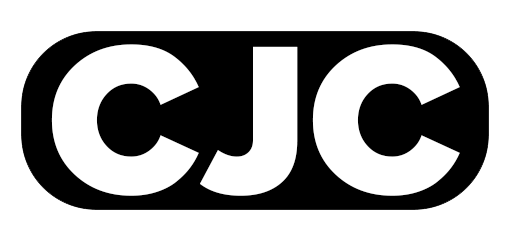
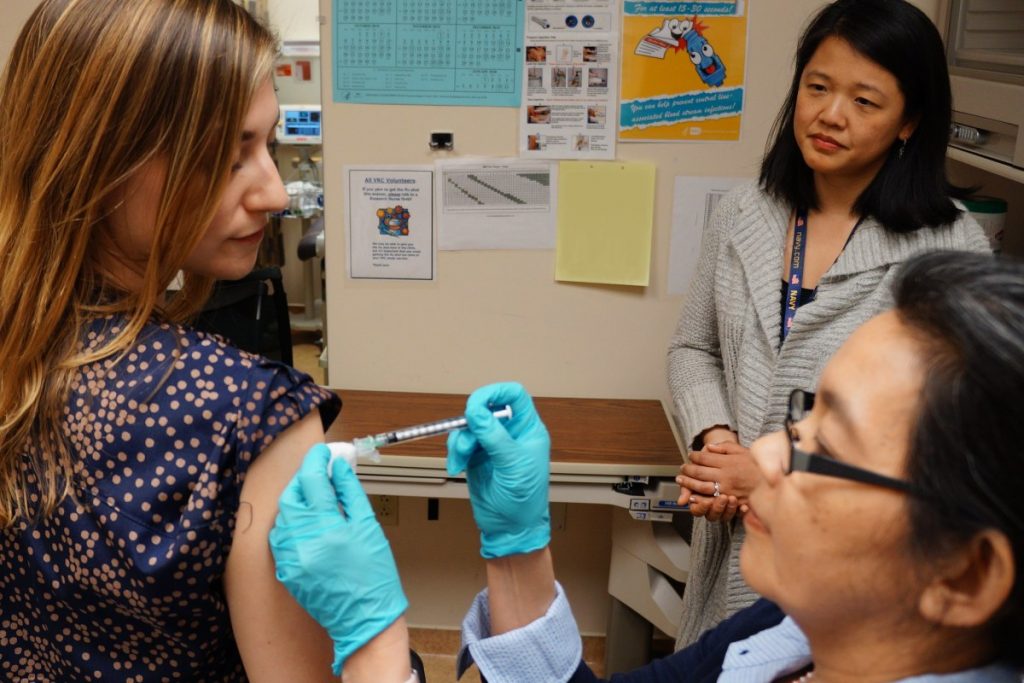
 The Charlotte Journalism Collaborative is supported by the Local Media Project, an initiative launched by the Solutions Journalism Network with support from the Knight Foundation to strengthen and reinvigorate local media ecosystems.
The Charlotte Journalism Collaborative is supported by the Local Media Project, an initiative launched by the Solutions Journalism Network with support from the Knight Foundation to strengthen and reinvigorate local media ecosystems.